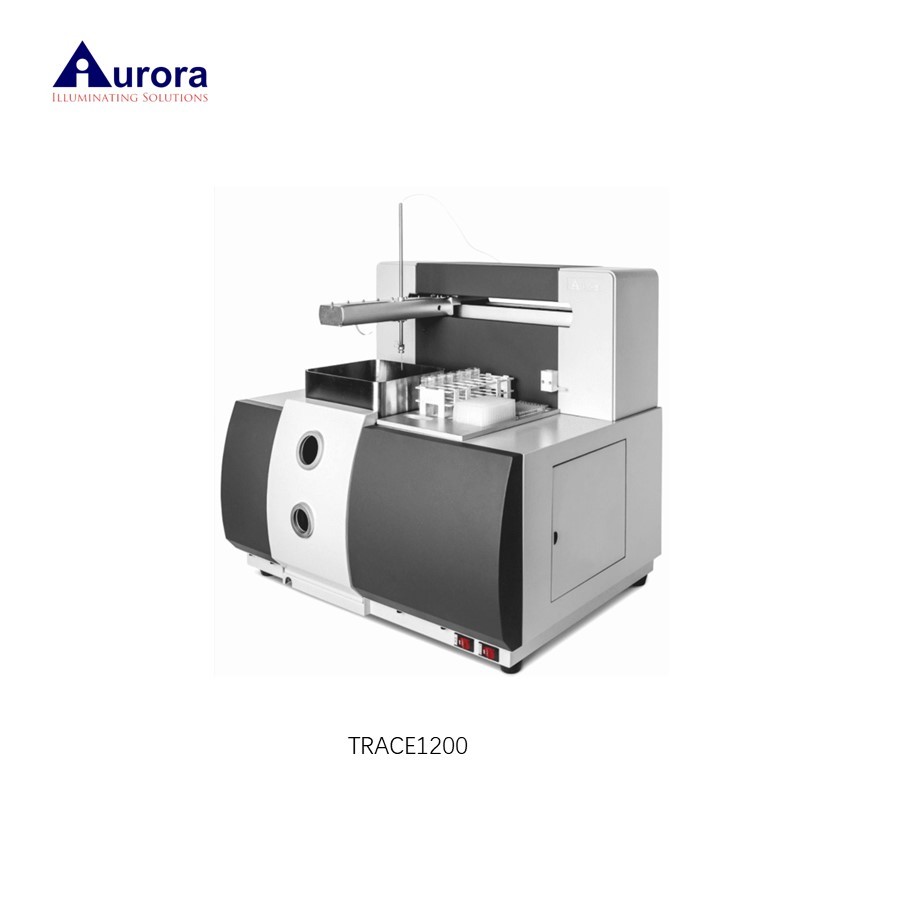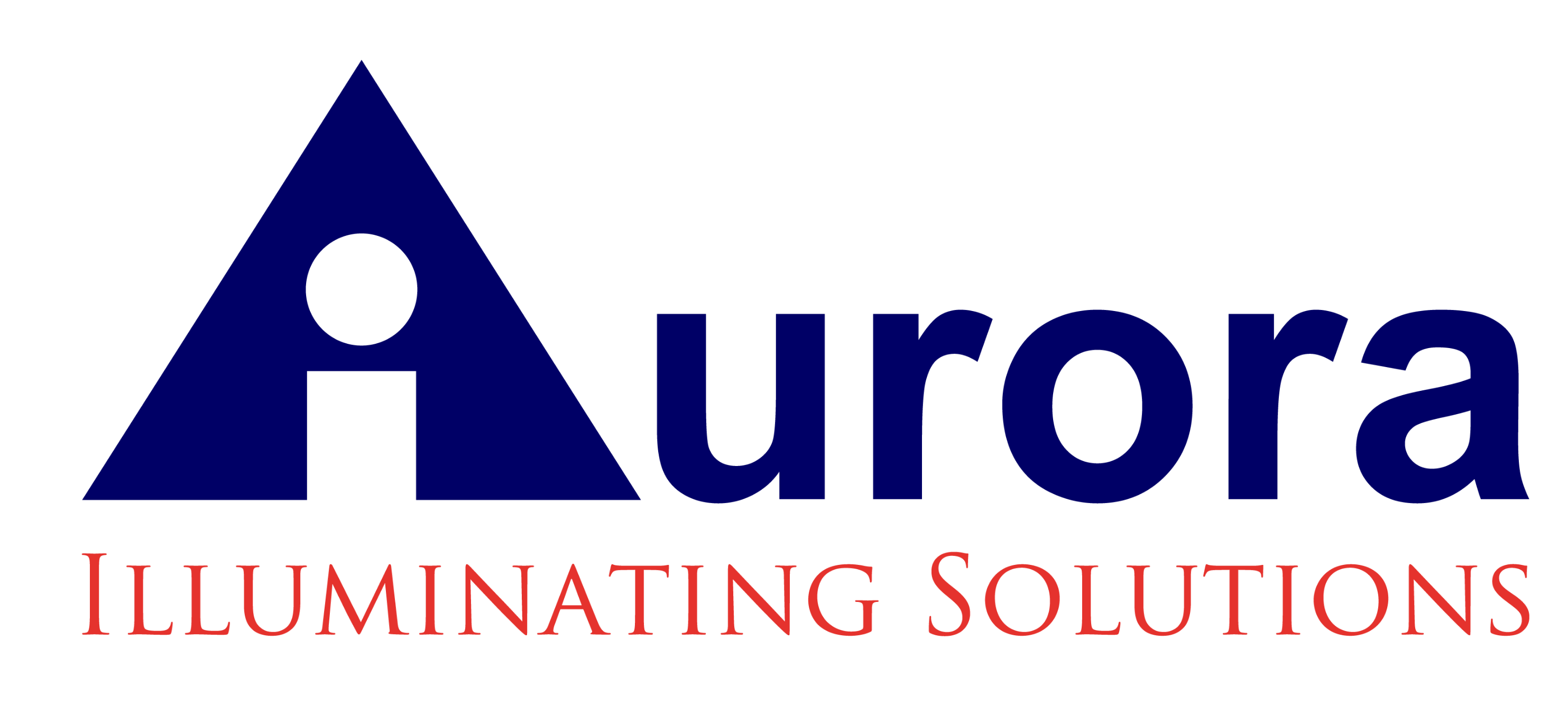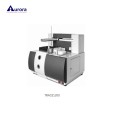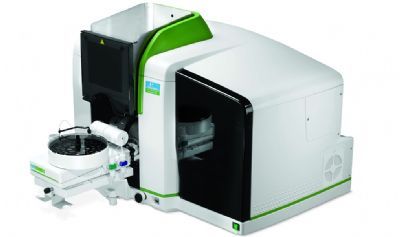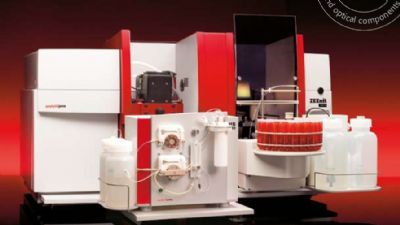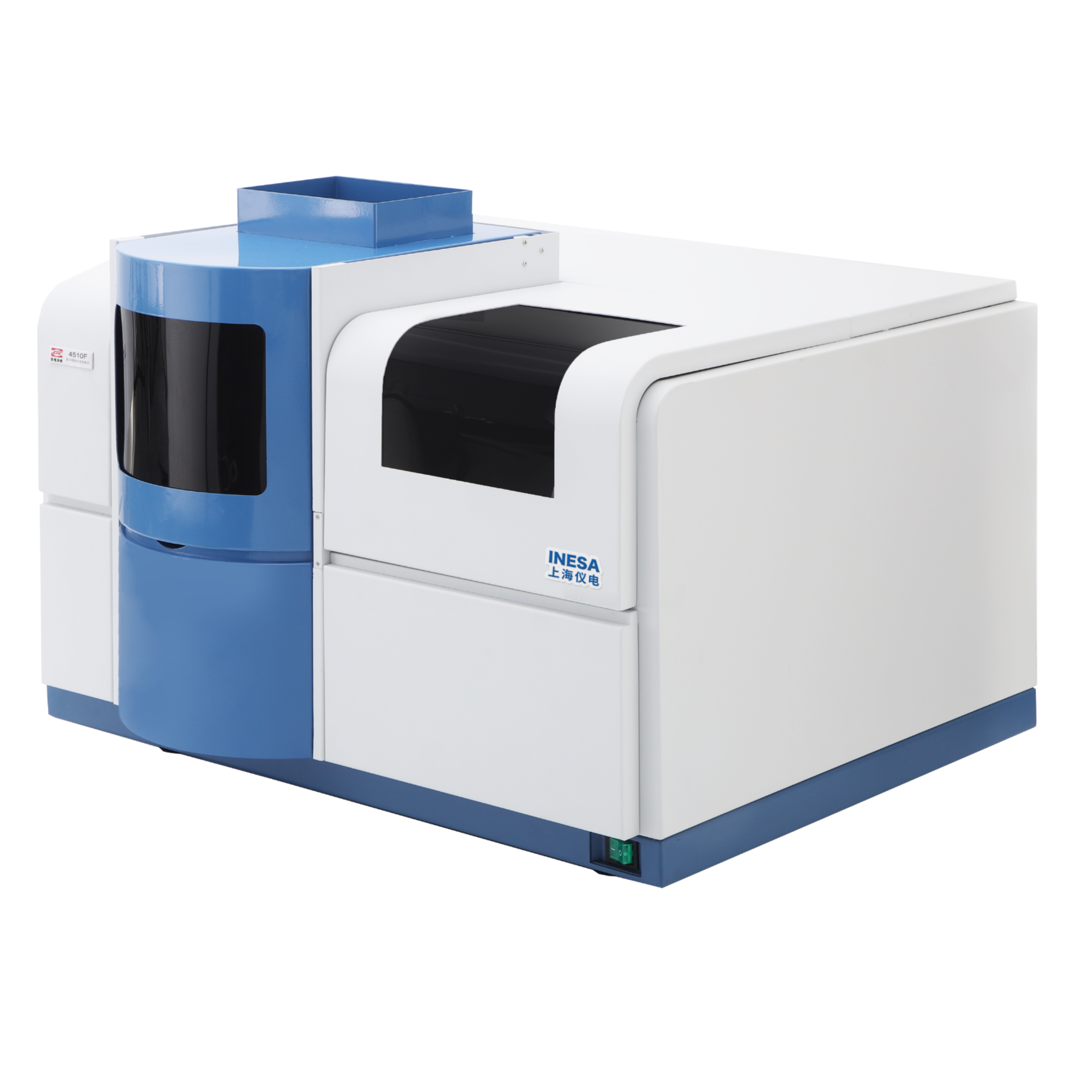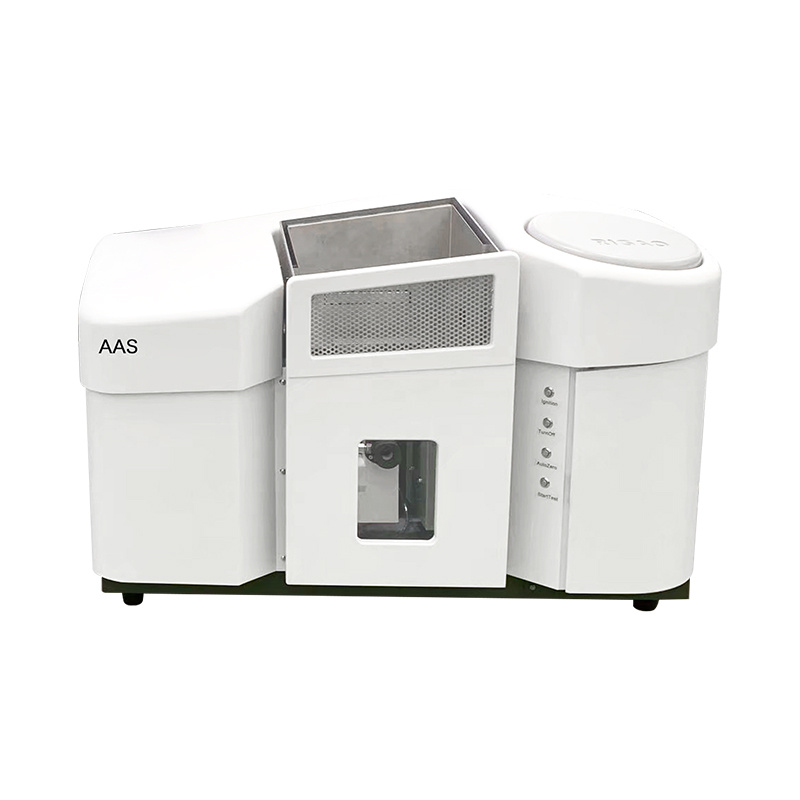方案详情
文
The keys to accurate background correction are:
a) The frequency at which the peaks are measured
b) The interval between the total absorbance and the background absorbance measurements
c) The function used to calculate the net atomic absorption
d) The presence or absence of spectral or structured background
e) The effect of the method on the linear working range
方案详情

Aurora Instruments Ltd.Application Notice AA-15 Aurora Instruments Ltd. The D2 Background Correction System of the AI 1100/2100: There are three background correction methods currently being used by manufacturers ofatomic absorption spectrometers. They are: Smith-Hieftje (S-H), Deuterium (D2) andZeeman. Regardless of the method of correction used the same factors contribute to theeffectiveness of the measurement. The keys to accurate background correction are: a) The frequency at which the peaks are measured GFAAS peaks are very narrow, typically with a width at half height of 0.2 to 0.5 seconds.This is especially true for the AI 1100/2100 where temporally isothermal atomizationprovides peak widths that are in the low end of this range. Normally, both analyte andbackground can exhibit similar rapid transient peaks. Often the change in the absorbanceof these peaks can be as high as 10 absorbance units per second. Extensive studies have shown that for such fast peaks a 10 Hz sampling frequency canresult in significant errors in the measurement of peak height and/or peak area. For a 30Hz sampling frequency this error, although largely reduced compared to 10 Hz, can still besignificant. Therefore 10 and 30 Hz sampling frequencies are too slow to accuratelydetermine the peak shape. 60 Hz systems will give acceptable results. The AI 1100/2100system, however, uses a sampling frequency as high as 120 Hz. This gives excellent peakdefinition while errors in the peak height and peak area measurements are negligible. b) The interval between the total absorbance and the background absorbancemeasurements Sampling frequency is important, but it is not the only important time factor for achievingaccurate background correction. The net analyte signal is determined by subtracting the measured background absorbancefrom the measured total absorbance. The AI 1100/2100 can quickly change betweenmeasuring the total absorbance and the background without introducing significant errorinto the calculation of the net absorbance signal. These two measurements can not bemade simultaneously. Furthermore, because the background signal of a GFAAS measurement can be changing very rapidly it is essential that the measurements be made asclosely to each other as possible. The AI 1100/2100 uses an industry leading D2/HCL modulation frequency of 1000 Hzwhich results in a time interval between the total absorbance and background absorbancemeasurements of less than 0.5 ms. The next best system is Varian’s which offers a 400 Hzmodulation frequency. c) The function used to calculate the net atomic absorption Because the AI 1100/2100 uses such a fast switching speed between the background andtotal absorption measurement, a simple subtraction of the background signal from the totalabsorbance is used to determine the net absorbance. Other manufacturers like Varian have to use interpolation to try to approximate thechanges in the background that can occur during their 2 ms switching period. This leavestheir correction technique open to large errors that the operator may never know exist. d) The presence or absence of spectral or structured background Less than 1% of the samples encountered in the real world exhibit spectral or structuredbackground interferences that can not be overcome by optimizing the furnace heatingprogram and/or using an appropriate chemical modifier. e) The effect of the method on the linear working range Due to complex splitting patterns the total absorbance measurement of an instrumentequipped with Zeeman background correction can be non-linear. As a result when thebackground signal is subtracted from the total absorbance a roll over point can occur. i.e.two different concentration values correspond to the same absorbance value. Therefore,the linear dynamic range of the measurement is reduced. Conversely D2 backgroundcorrection does not suffer from this problem. Background Correction in General: Advantages and disadvantages of the S-H method: The S-H method is based on the source self-reversal, or self-absorption, behavior of theradiation emitted from the hollow cathode lamp. Its advantages include: no extra lamp toalign, no need for a costly magnet and functionality for non-demanding backgroundsignals. However, it has the following disadvantages including: the requirement of specialhollow cathode lamps (lamps are not available for all elements); the requirement that thehigh and low voltages of the lamp be stabilized before measurements can be made. Thisresults in a typical sensitivity loss of 50%; a short linear dynamic range which cansometimes exhibit a roll over point; the incapability to correct for structured background; the incapability to correct for spectral interferences; limitation to low modulationfrequencies (maximum 10Hz) and thus incompatibility with GF-AAS transient signals. Zeeman versus D2: During the past few years the mistaken impression that Zeeman background correction isfar superior to other types of background correction has been put forth. For this reason,many people have purchased atomic absorption instrumentation with Zeeman backgroundcorrection for jobs that did not require it. A critical problem with Zeeman background correction is the cost of the instrumentation.Zeeman background correction requires, a stable electromagnet and a power supply.Many Zeeman instruments also require a polarizer. These components add significantly tothe cost of the instrument compared to a conventional deuterium system. Is this extra costjustified for all applications? Will deuterium background correction, properly designedand implemented, give the correct results on the same samples? These are some of thequestions one must ask when considering the purchase of background correction for anatomic absorption instrument. Limitations of Zeeman Correction: In choosing Zeeman background correction one must be aware that certain compromisesare made. 1. Zeeman background correction suffers from a loss in sensitivity due to the incompletesplitting or complexity of splitting of the absorption profile in the magnetic field. This lossin sensitivity is measured by the magnetic sensitivity ratio or MSR. 2. In addition, due to the dependence of the efficiency of splitting on the concentration ofthe analyte, Zeeman background correction suffers from a loss of dynamic range andincreased calibration curvature to the point of roll over. Typical loss in sensitivity for Zeeman: There is some loss in sensitivity with most elements when using Zeeman backgroundcorrection. Note that with Zeeman background correction sensitivity losses are less thanthe 50% losses that are typically found with Smith-Hieftje background correction systems. Typical loss in dynamic range for Zeeman: Element Magnetic Sensitivity Ratio(MSR) B Table 3.4b: Typical loss in sensitivity for Zeeman. Concentration Figure 3.4j: Typical loss in dynamic range for Zeeman. Table 3.4b lists some typical sensitivity losses for Zeeman background correction. Figure 3.4j represents what happens at a high absorbance with Zeeman backgroundcorrection; the total absorption curve becomes nonlinear while the background absorbanceremains linear. This means that the resulting corrected absorbance curve, obtained bysubtracting the background absorbance from the total absorbance, will exhibit a roll overpoint. Analytical measurement cannot be made above this roll over point because oneabsorbance value corresponds to two different concentration values. For this reason anthe linear range of measurement for an instrument with Zeeman background correction islimited. Advantages of Zeeman over D2: Zeeman background correction does, however, have some advantages over deuteriumbackground correction. 1. Zeeman background correction will correct for some structured background. 2. Zeeman background correction will correct for some spectral interferences. Aurora Instruments Ltd. 3. Zeeman background correction does not require a second source. Advantages of D2 over Zeeman: On the other hand, deuterium background correction does have advantages over Zeemanbackground correction. 1. Deuterium background correction does not sacrifice any sensitivity. 2. Deuterium background correction does not decrease the dynamic range of the atomicabsorption measurement. 3. Deuterium background correction is less expensive than Zeeman backgroundcorrection. 4. Deuterium background correction can work under 120 Hz measurement frequencies,which as we have already discussed is necessary for many of the transient signals observedin GFAAS. However, in order for deuterium background correction to be accurate, boththe hollow cathode lamp and the deuterium source must follow exactly the same opticalpath. The AI 1100/2100 is specially designed to allow for fast, simple and accuratealignment. The deuterium lamp is easily adjustable in both horizontal and vertical axis asare the hollow cathode lamps. Compromise and selection: Zeeman background correction would be the method of choice only if the analyst expectsstructured background or spectral interferences, however, both phenomena are rare in realworld samples. Many laboratories choose Zeeman background correction based on themiss-information that deuterium background correction does not work for high, rapidlychanging background. Some laboratories choose Zeeman because the matrix is unknownand they want to ensure the best background correction result is achieved for all samples.Some choose Zeeman because they are running some of the few samples that exhibitstructured or spectral interferences. Those laboratories that want the maximum sensitivity, maximum dynamic range, the bestreporting of transient signals (measurement) and don’t have samples that exhibit spectralor structured background will get superior results from a deuterium backgroundcorrection system at a fraction of the cost of a Zeeman system. Which ever type of background correction you choose, the most important criteria toremember are those that affect the accuracy of the measurement. 1. The frequency at which the peaks are measured. 2. The interval between the total absorbance and the background absorbancemeasurements. 3. The function used to calculate the net atomic absorption. 4. The presence or absence of structured or spectral background. 5. The effect of the method on the linear working range. Aurora Instruments Ltd. Based on these criteria, instruments with high speed deuterium or high speed Zeemanbackground correction systems would be the instruments of choice. Which method should the operator choose? Zeeman IF: -Structured Background Interferences are Expected (i.e. As in a high POMatrix).-Spectral Interferences are Expected (i.e. As in High Al Matrix). Deuterium IF: - Don’t Expect Structured Background or Spectral Interferences (95+% of the ExistingApplications of AA). -Want Maximum Sensitivity. - Want Maximum Dynamic Range. - Want High Performance while limiting instrument costs. 好的仪器设计,为更好的元素分析助力
确定
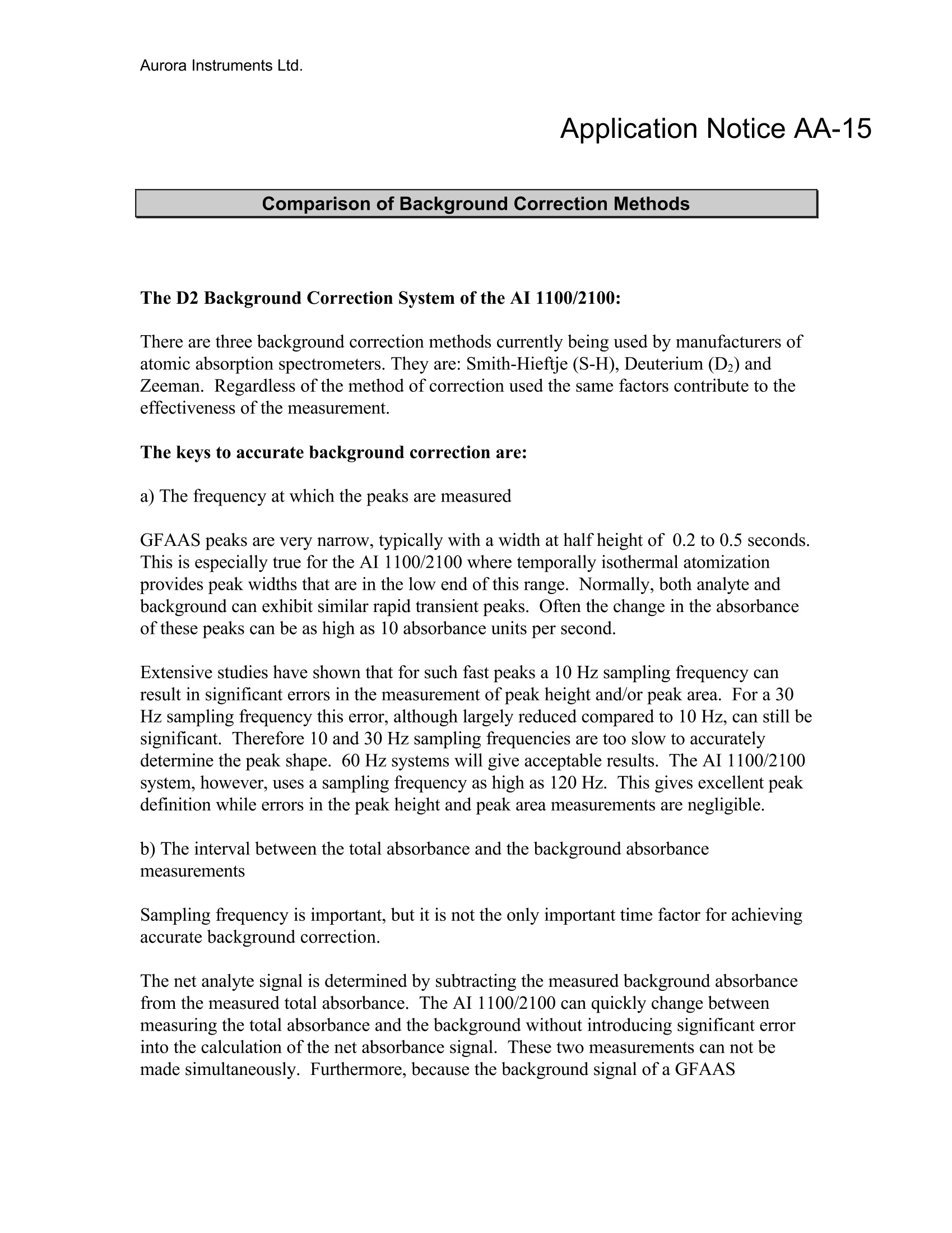
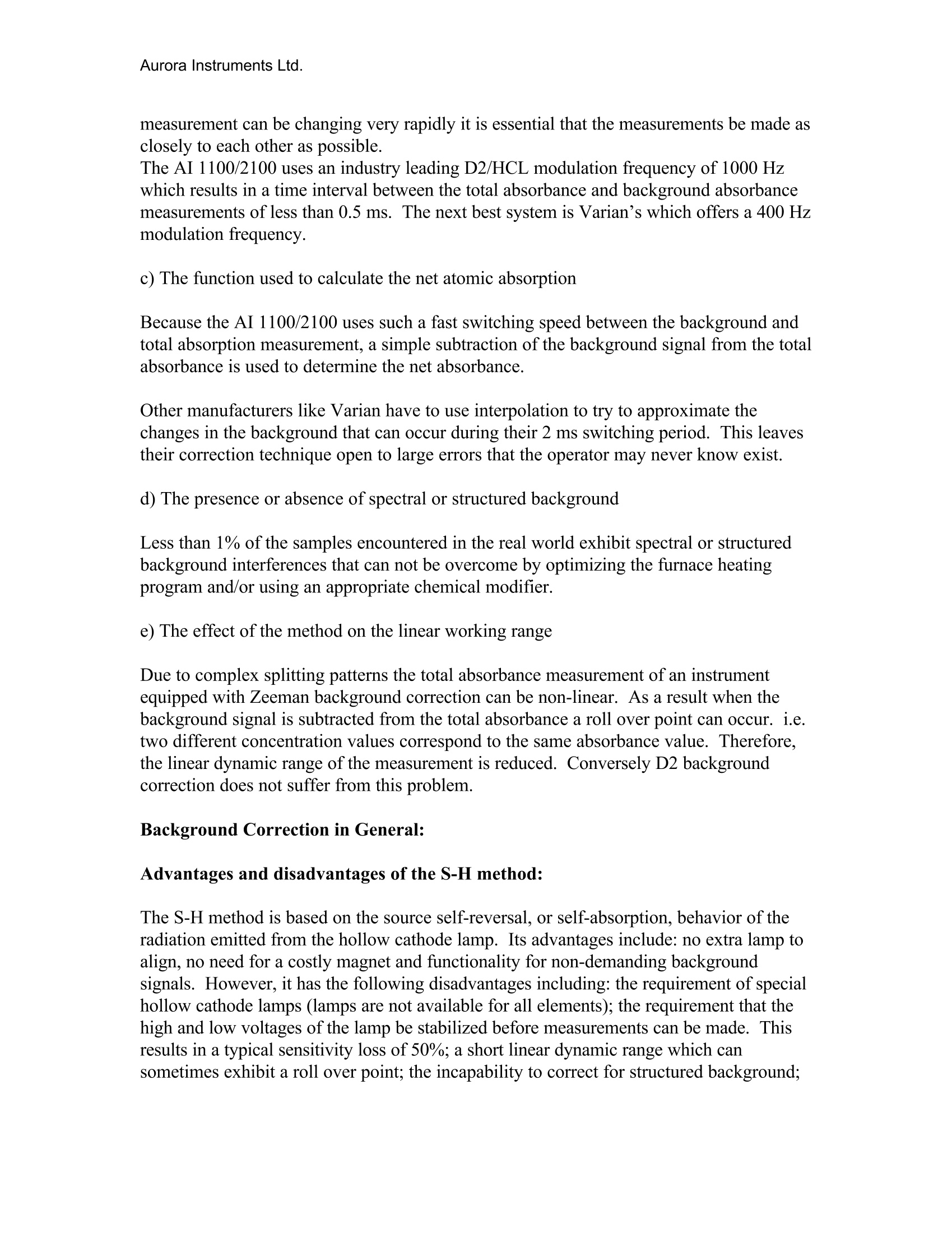
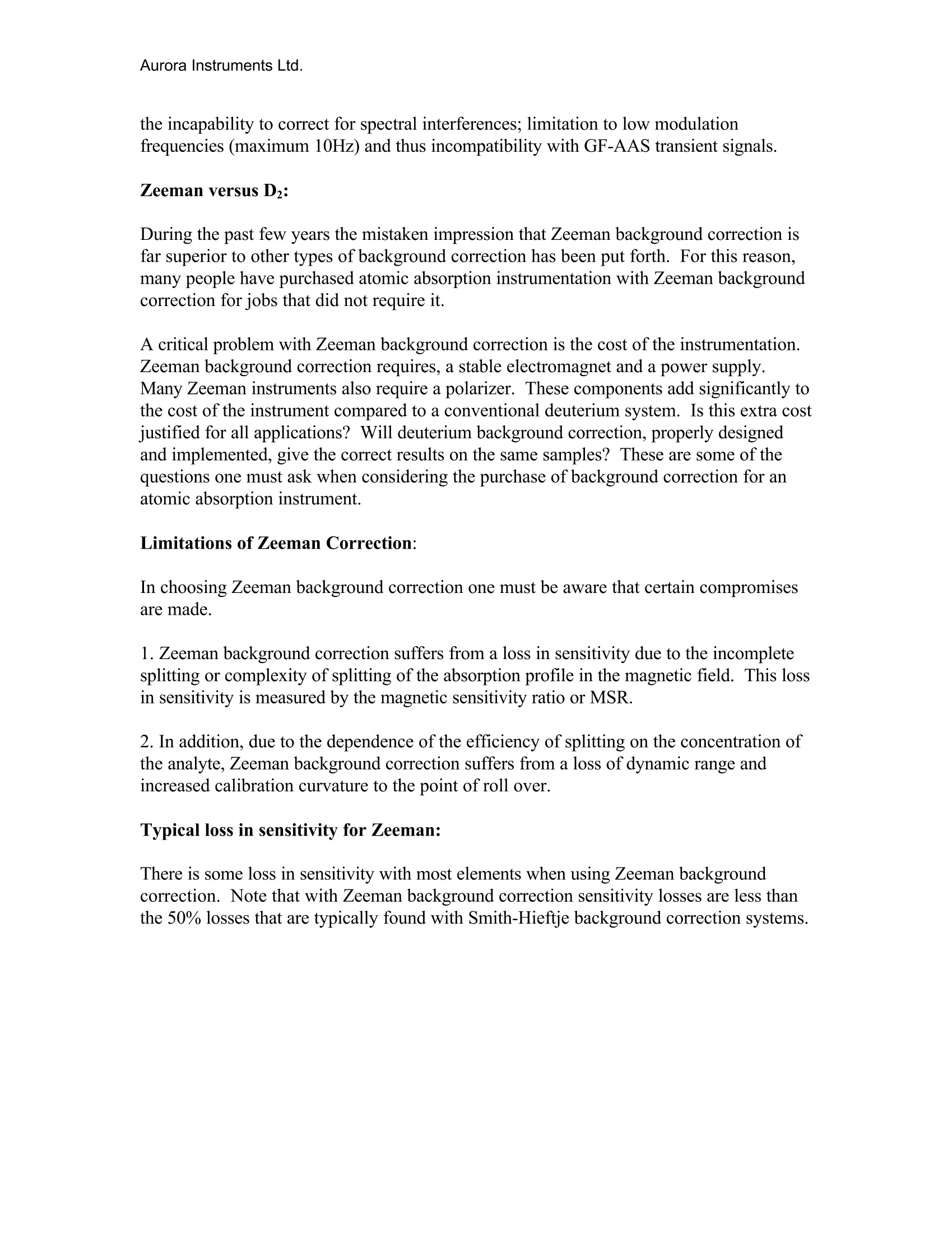
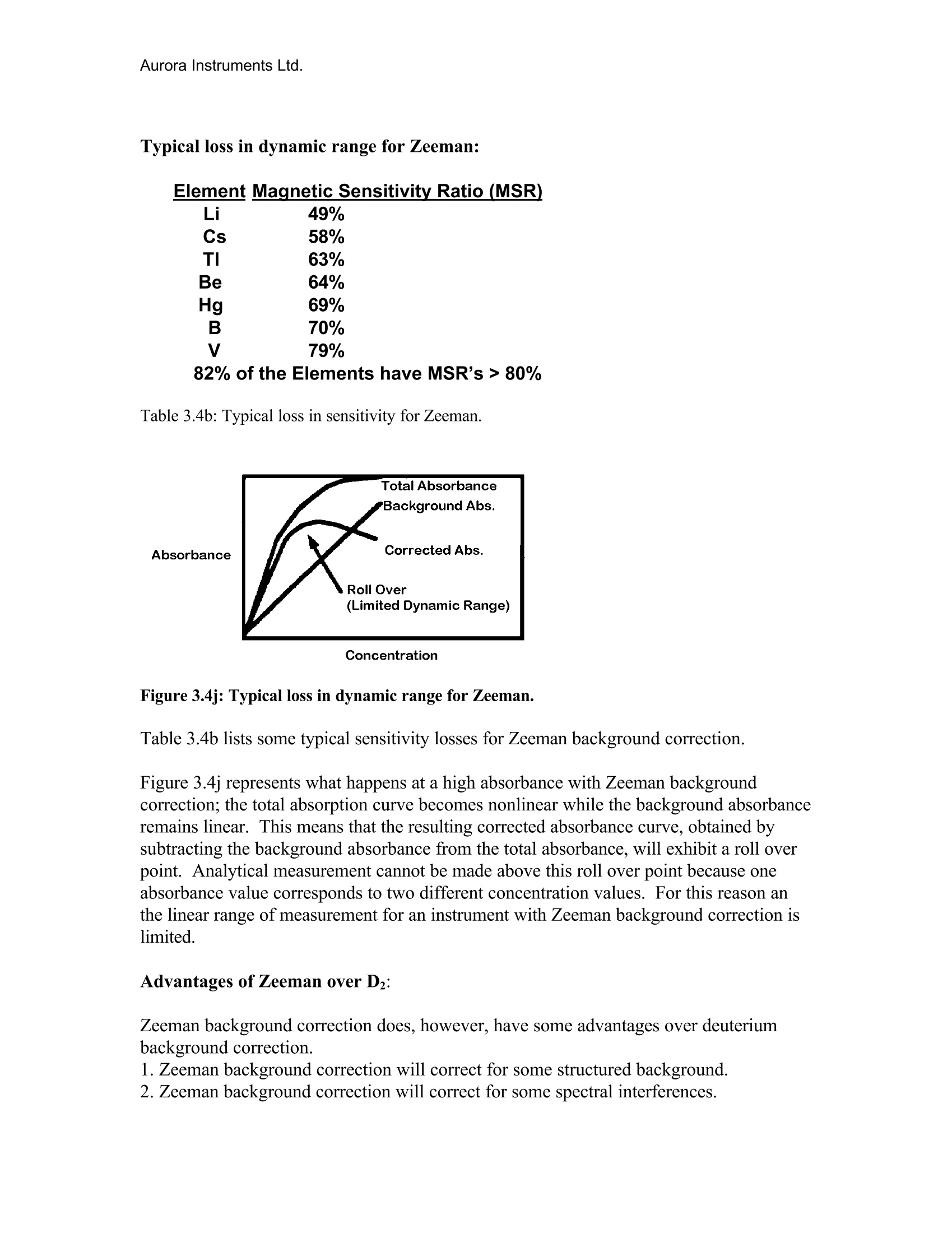

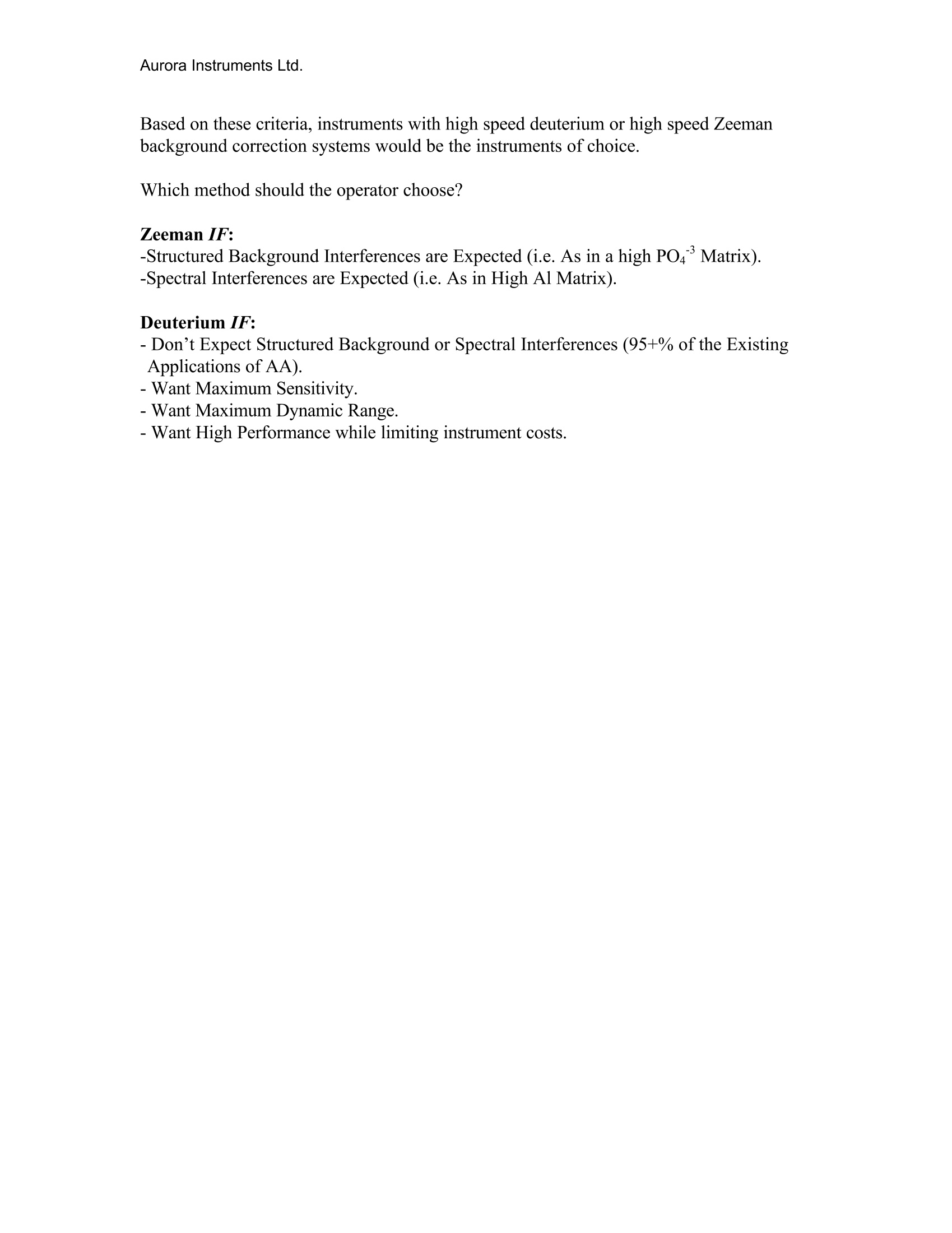
还剩4页未读,是否继续阅读?
加拿大欧罗拉生物科技有限公司为您提供《重金属样品中元素分析检测方案(原子吸收光谱)》,该方案主要用于其他中含量分析检测,参考标准--,《重金属样品中元素分析检测方案(原子吸收光谱)》用到的仪器有欧罗拉火焰/石墨炉原子吸收光谱仪AI1200
推荐专场
相关方案
更多

